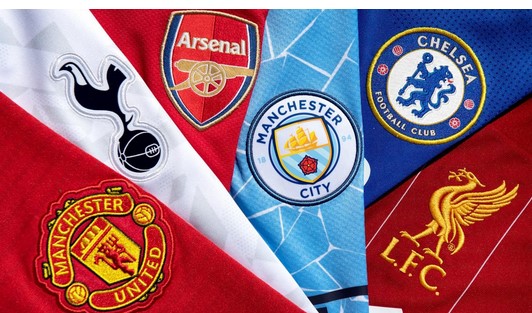As Premier League clubs continue to juggle immediate needs, squad regulations, and the desire to develop young talent, buy-back clauses have emerged as a strategic tool. These clauses, which allow clubs to re-sign players they previously sold, are becoming increasingly prevalent as a means to comply with Profitability and Sustainability Regulations (PSR).

The use of buy-back clauses is not a new phenomenon. They offer clubs a way to retain some control over players they don’t currently need but are not ready to let go of permanently. Their application in the Premier League has increased in recent seasons, offering financial and strategic benefits that align with regulatory requirements such as Financial Fair Play (FFP), now referred to as PSR by the Premier League and UEFA.
A notable example is Manchester United’s recent sale of 19-year-old defender Willy Kambwala to Villarreal. The deal, which includes a buy-back clause and matching rights, ensures United can bring Kambwala back if he reaches the desired level of performance, this would likely have been a loan deal in the past.
What Are Matching Rights?
Matching rights grant the selling club the opportunity to match any accepted offer for a player they previously sold. This means that if another club makes a bid for the player, the original selling club has the option to match the financial terms of that bid and re-sign the player.
Buy-back clauses provide a dual benefit for selling clubs. Firstly, they offer a financial safety net. If a player excels at their new club, the selling club can re-sign them at a predetermined price, potentially below market value. This mitigates the risk associated with selling young talent and can lead to significant profits if the player is subsequently sold again at a higher price.
Real Madrid has used buy-back clauses a lot. For instance, the Spanish giants re-signed Morata from Juventus for £26 million, only to sell him to Chelsea for around £60 million a year later.
Beyond financial considerations, buy-back clauses help clubs manage their squads within the confines of PSR regulations. These regulations limit the number of players that can be loaned out and mandate financial prudence, some of you may remember Chelsea coming under criticism in the 2013/14 season for having 26 players out on loan.
By selling players with buy-back clauses, clubs can free up funds and squad space while retaining the option to re-sign them if needed. It’s essentially a loan but more advantageous for the selling club. They can sell a young player based on their potential value, and if the player doesn’t reach that potential, the club has made a great deal. If the player does reach their potential, the club can bring them back.
As Premier League clubs continue to navigate the complexities of modern football finance, the strategic use of buy-back clauses is likely to become more widespread. These clauses offer a way to balance immediate financial needs with long-term talent development and squad management.
As the landscape of football finance continues to evolve, these clauses will likely play an increasingly important role in how clubs navigate the challenges of PSR.
Thanks for reading, David Skilling


j83odx